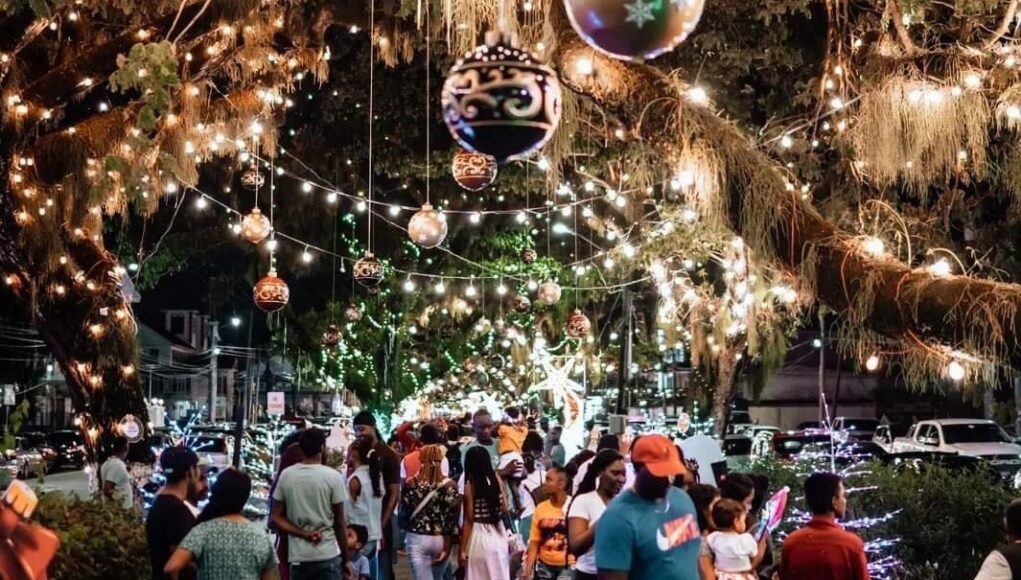By Sueann Wickham
Christmas is a time where a sense of warmth and joy envelops the world. The holiday, steeped in tradition, is celebrated in countless ways in various countries, each unique to its cultural tapestry. From the snowy corners of the North to the sunny southern hemisphere, this feature examines the heartwarming and distinctive customs that define Christmas around the world.
The Yule Goat of Scandinavia
In the frost-kissed lands of Scandinavia, ancient pagan traditions blend seamlessly with modern Christmas celebrations. The Yule Goat, a figure made from straw and adorned with red ribbons, is a prominent feature in Swedish festivities. Originating from Norse mythology, the goat is believed to watch over the Christmas preparations. In the town of Gävle, the Yule Goat takes on a colossal form, with a giant straw goat erected in the town square, symbolizing the beginning of the holiday season.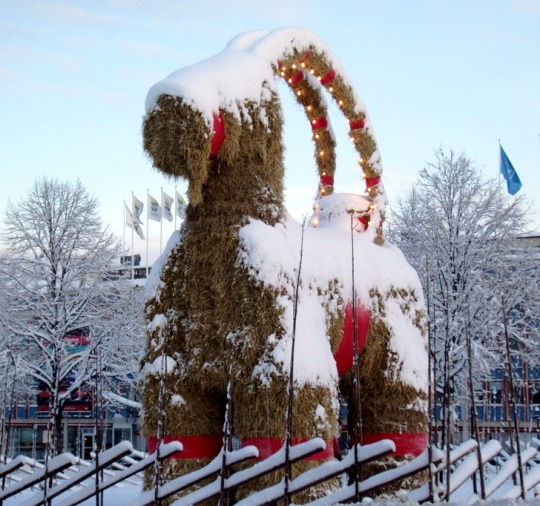
The feast of the seven fishes: An Italian-American Christmas Eve
Crossing the Atlantic to the United States, we encounter the feast of the seven fishes, a sumptuous tradition embraced by Italian-American families on Christmas Eve. This seafood banquet is a testament to the rich culinary heritage of Italy and represents the vigil (La Vigilia) before the midnight birth of Jesus. From savory calamari to exquisite lobster, each dish is prepared with love, bringing families together in a celebration of heritage and gastronomic delight.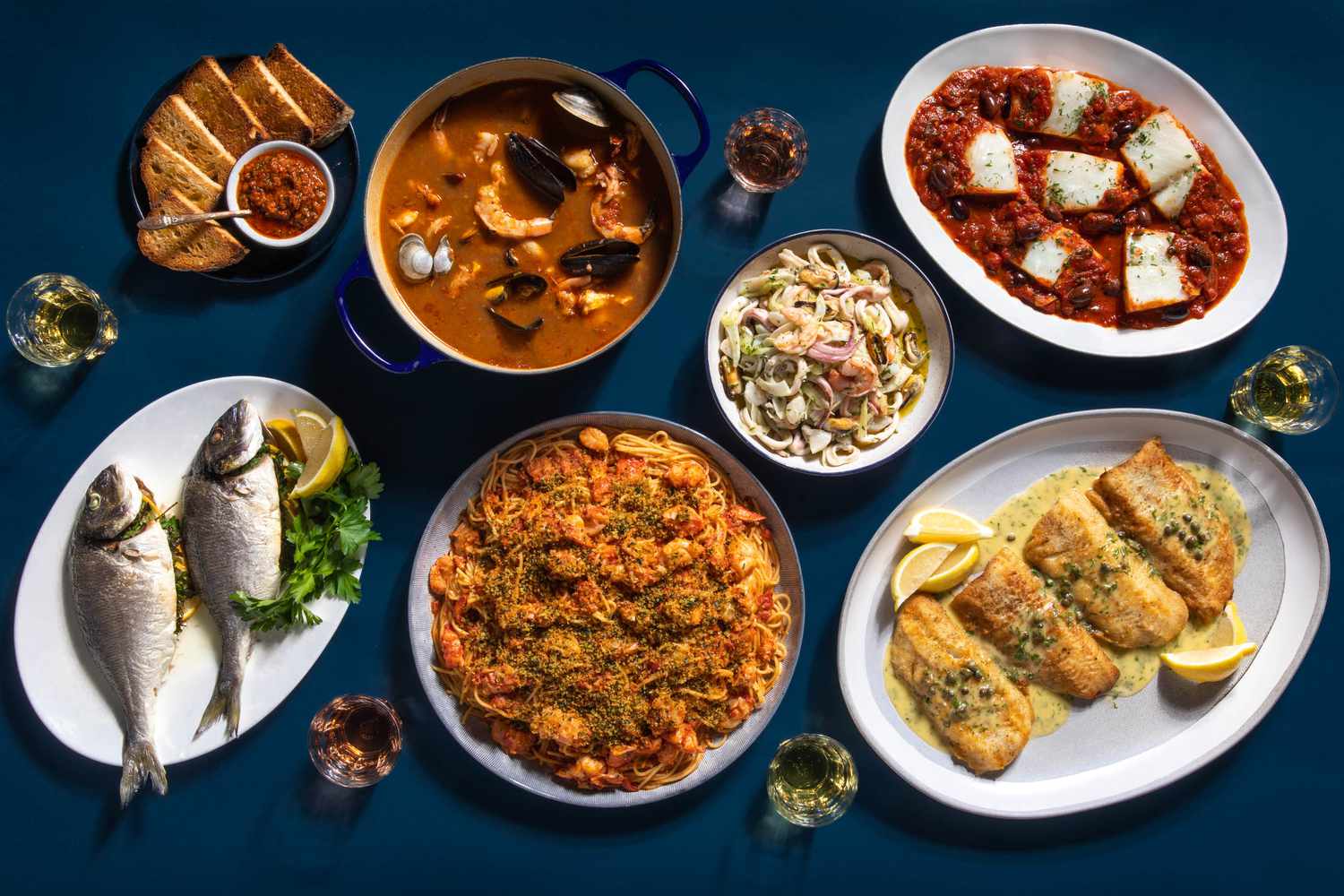
Parol: the vibrant lanterns of the Philippines
Venturing to the tropical archipelago of the Philippines, Christmas is welcomed with a resplendent display of lanterns known as ‘parol.’ These star-shaped lanterns, symbolic of the Star of Bethlehem, illuminate homes and streets, casting a glow over the community. The Filipino tradition of Simbang Gabi, a series of nine pre-dawn masses leading up to Christmas Day, sees the faithful gathering in churches adorned with these twinkling parols, culminating in a vibrant and spiritual celebration of faith and tradition.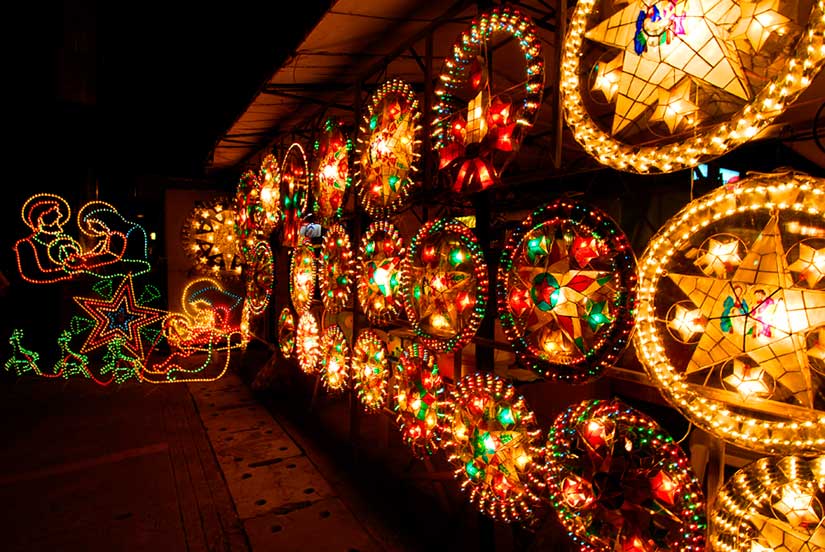
Japan’s Christmas KFC
In Japan, a country where Christmas is not a national holiday, a unique tradition is observed. It entails feasting on Kentucky Fried Chicken (KFC). 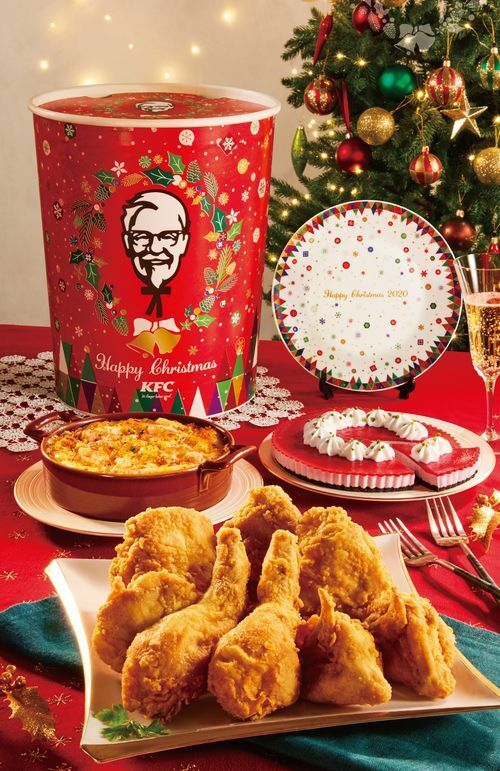 This unconventional custom began in the 1970s when a successful marketing campaign convinced Japanese families that KFC was the festive meal of choice. Today, it is a phenomenon that sees people pre-ordering their “Christmas chicken” weeks in advance, demonstrating the power of cultural adaptation and the universal language of comfort food.
This unconventional custom began in the 1970s when a successful marketing campaign convinced Japanese families that KFC was the festive meal of choice. Today, it is a phenomenon that sees people pre-ordering their “Christmas chicken” weeks in advance, demonstrating the power of cultural adaptation and the universal language of comfort food.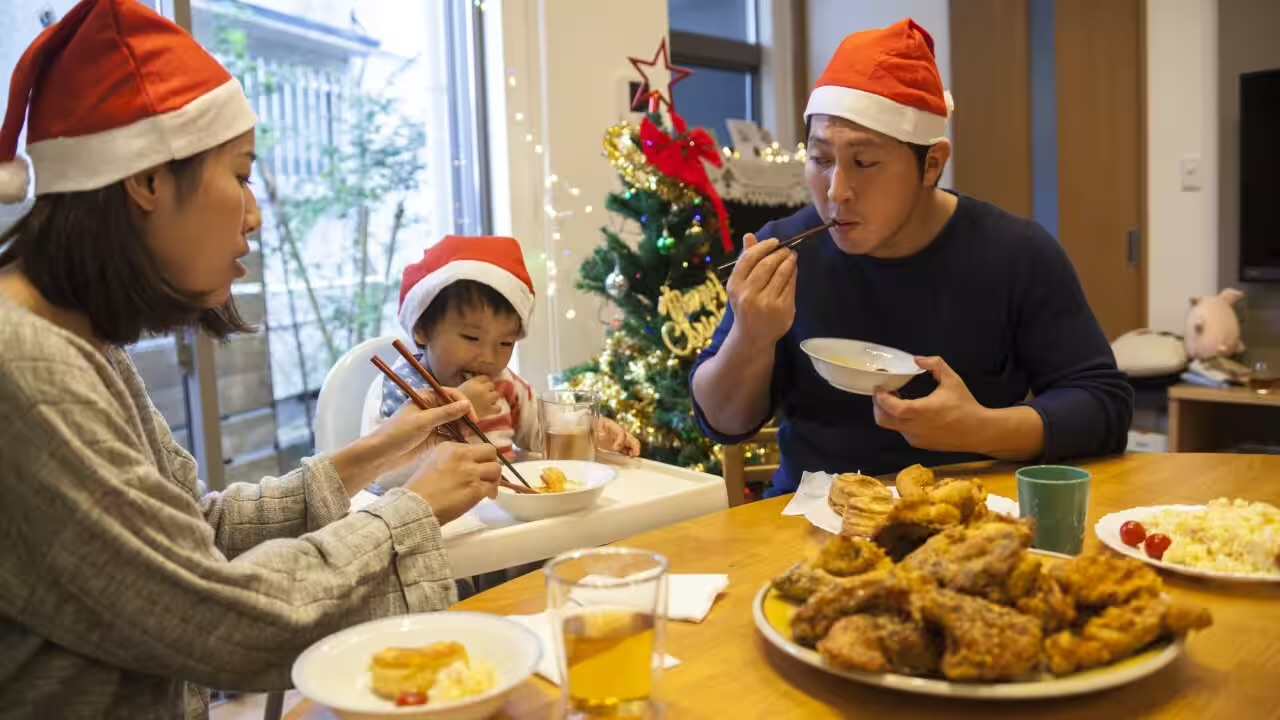
La Belfana: The Kindly Witch of Italy
In Italy, another enchanting tradition unfolds on the eve of January 6th, known as Epiphany. La Befana, a benevolent witch, takes to the skies on her broomstick, delivering sweets and gifts to well-behaved children, much like Santa Claus. According to folklore, La Befana was visited by the Three Wise Men on their quest to find the newborn Christ. Though she declined their invitation to join, she later regretted her decision and now travels the world, searching for the Christ child and leaving treats for sleeping children. While this takes place after Christmas Day, it is still considered a part of Italy’s Christmas tradition.
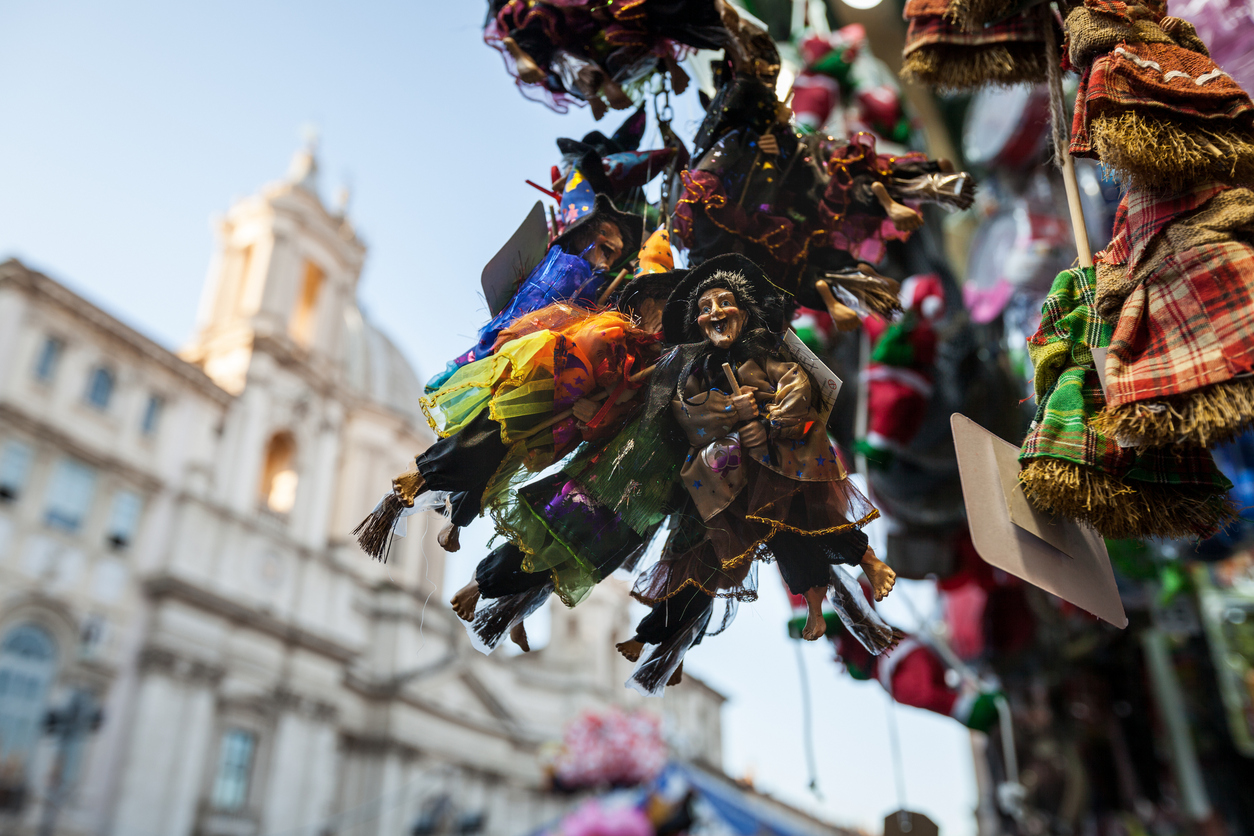
The Caga Tió: Catalonia’s quirky Christmas log
In the Catalonia region of Spain, Christmas takes a humorous turn with the Caga Tió, or “pooping log.” This peculiar tradition involves a hollow log with a smiling face and a red hat. Starting on December 8th, children feed the log small treats each night and cover it with a blanket to keep it warm. On Christmas Eve, they beat the log with sticks while singing traditional songs, encouraging it to “poop” out presents and candies.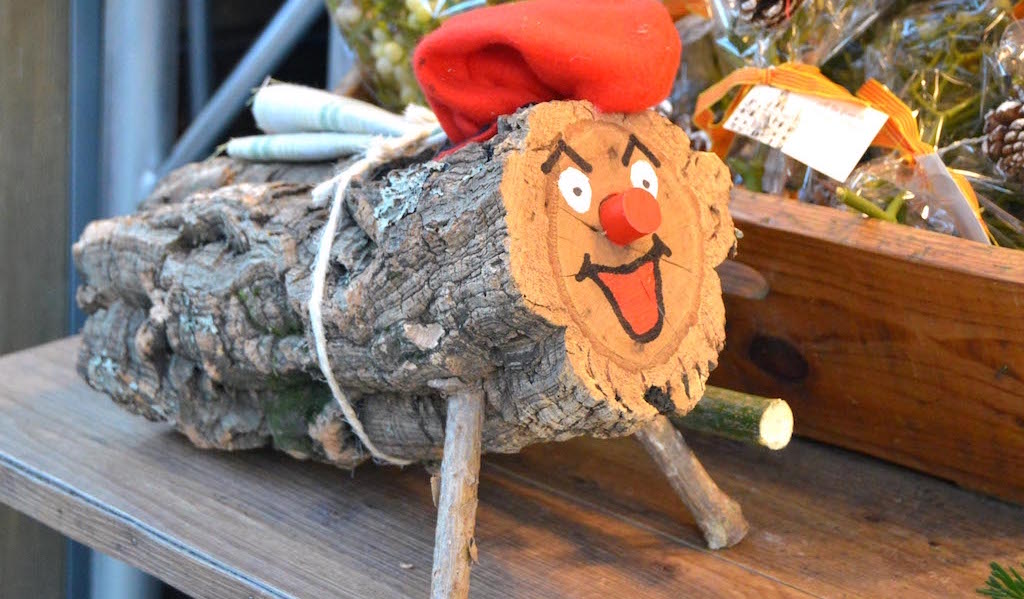
Caroling with a Twist: The Ukrainian spider webs
In Ukraine, Christmas trees are often adorned with an unusual ornaments: spider webs. This custom stems from a folk tale about a poor widow who could not afford to decorate her tree. On Christmas morning, her children awoke to find the tree covered in spider webs, which turned to silver and gold in the morning light, bringing good fortune to the family. Today, these glittering webs symbolize hope and the magic of the season.
A southern hemisphere Christmas: BBQs and beaches in Australia
As we cross the equator, we are reminded that Christmas falls in the middle of summer for the southern hemisphere. Australians often celebrate with beachside barbecues and festive gatherings under the sun. Santa Claus swaps his sleigh for a surfboard, and families enjoy seafood, cold meats, and pavlova, a meringue-based dessert. It’s a laid-back Christmas tradition that reflects Australia’s warm climate and love for the outdoors.

Guyana’s Pepperpot and Homestead Gatherings
We saved the best Christmas celebration for last. In Guyana, Christmas is infused with flavors and sounds unique to its cultural landscape. A staple dish is pepperpot, a spicy meat stew that is coloured by cassareep (a sauce made from the cassava root) and flavored by aromatic spices. This hearty dish is traditionally served with fresh homemade bread, and it’s not uncommon for it to be enjoyed over several days, with the flavor deepening each time it’s reheated.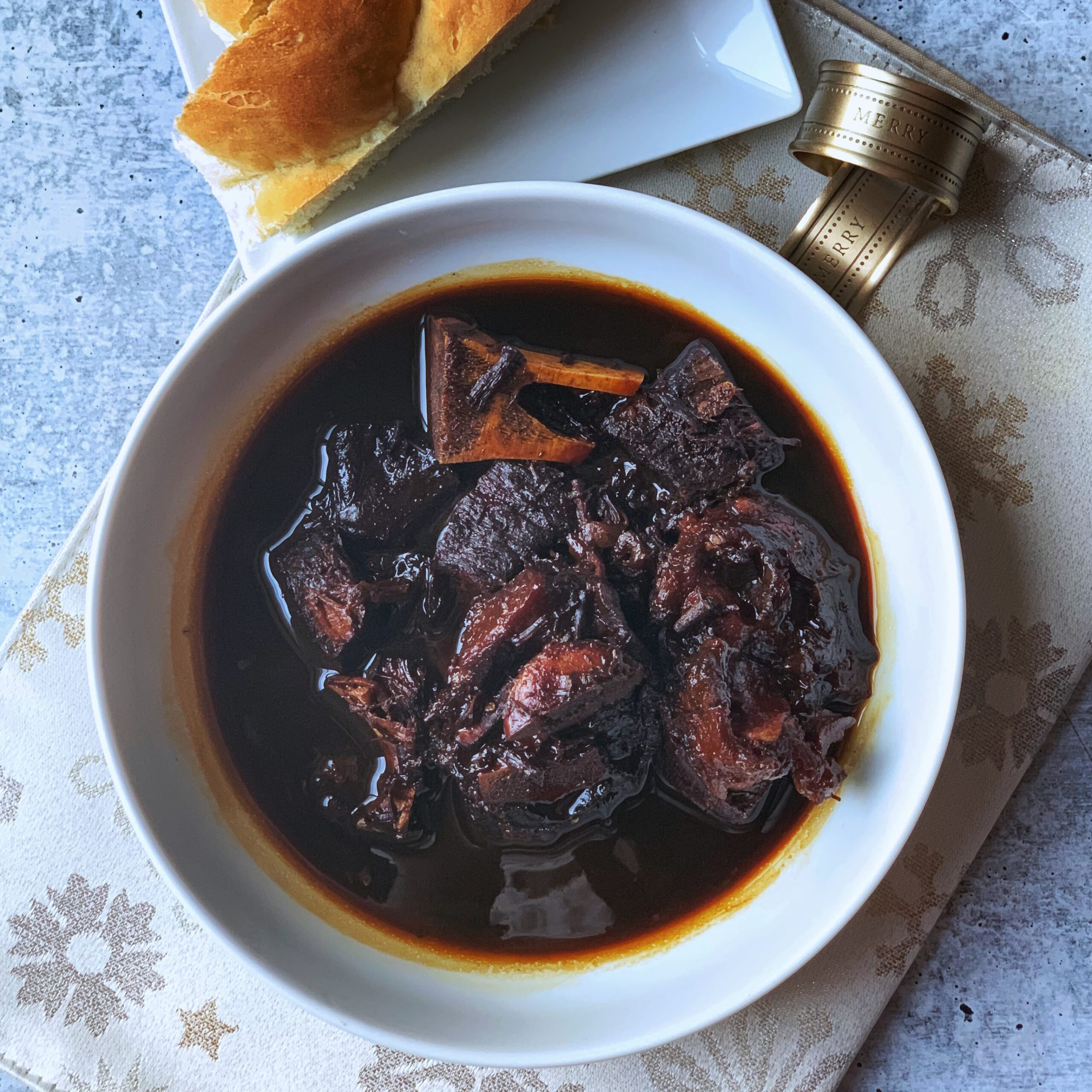
Other popular dishes include garlic pork, a dish influenced by Guyana’s Portuguese heritage. Indeed, desserts are also an important part of the Guyanese celebration too. Black cake for example is a rich, dense cake made with rum-soaked fruits is a favourite. It’s similar to fruitcake but with a distinct Caribbean twist. Other sweet treats include sponge cake, brownies and cookies. There are also distinct beverages such as ginger beer, and sorrel drink, a refreshing beverage made from the sorrel plant, flavored with ginger and sweetened to taste.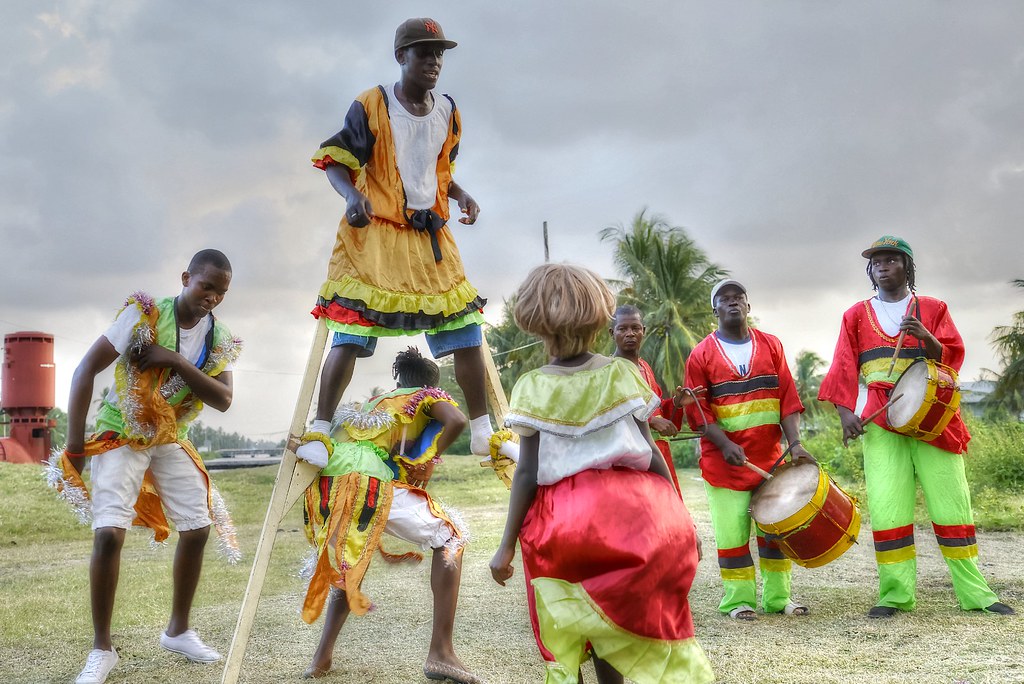
Music fills the air as parang music with its distinctive blend of Caribbean rhythms travel house to house, serenading families and spreading cheer. Masquerade bands are often seen in the streets, entertaining onlookers with music and dancing. These masqueraders are often offered money, a warm meal or a drink, fostering a sense of community and shared celebration.
In Guyana, homes are also meticulously cleaned and decorated with new curtains and festive lights, signifying a fresh start for the coming year. Some even start their cleaning before the month of December. Christmas in Guyana is also a time for family and friends to gather, exchange gifts, and share in the joyous spirit of the season, often culminating in a midnight church service that brings the community together in reflection and unity.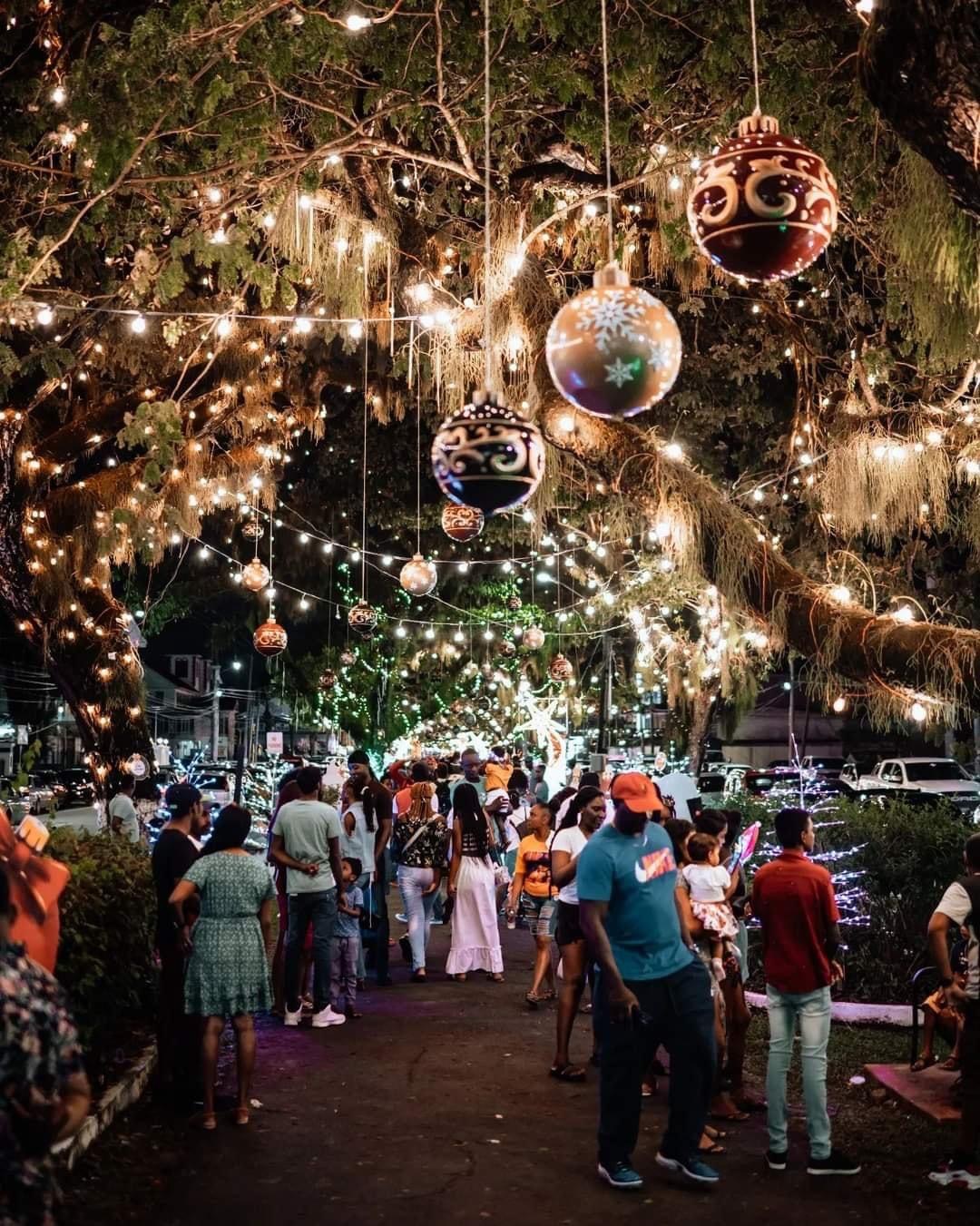
As we conclude our global tour of Christmas traditions, it’s evident that while the ways in which we celebrate may vary, the spirit of the season is universal. From the gastronomic feasts to the symbolic decorations, each tradition weaves its own thread into the rich tapestry of Christmas. These customs, whether steeped in ancient lore or shaped by modern culture, remind us of our shared humanity and the joy that comes from celebrating together.
Overall, Christmas is not just a day on the calendar but a feeling that resonates within each of us, a time for giving, reflecting, and cherishing those we hold dear. As the world lights up with the sparkle of festive lights and the warmth of community, we are reminded that, despite our differences, the essence of Christmas is a common language spoken in the universal dialect of love and kinship.







